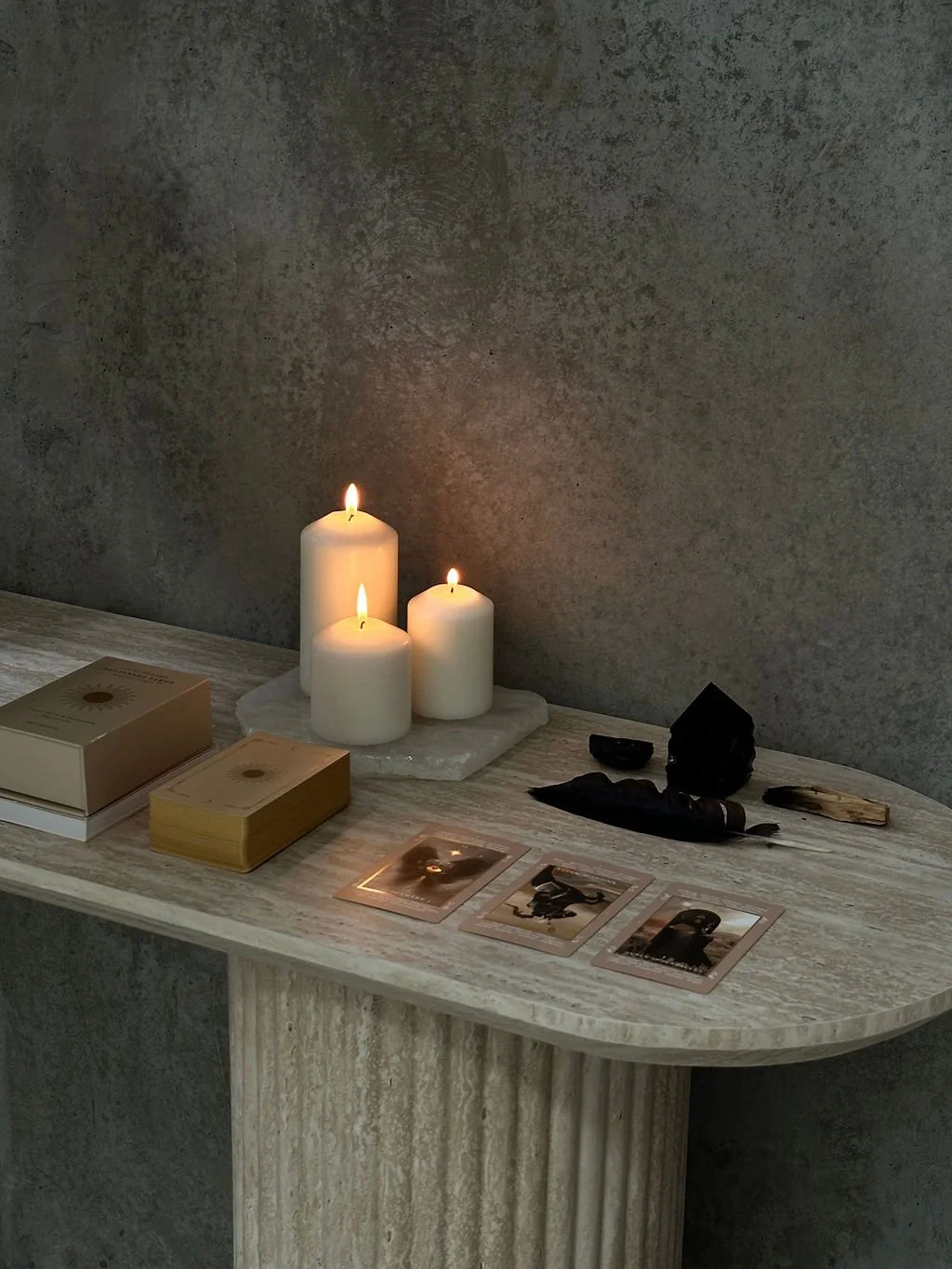The One-Object Rule
The One-Object Rule
Modern women’s culture isn't about "having it all." It’s about authoring it all—a life stacked with roles as a professional, a partner, a parent, a planner. We switch lanes without changing rooms.
The challenge is not the work; it's the fragmentation. The antidote is a standard.
A room that holds its standard helps you hold yours. This is the One-Object Rule. It is a practice in deliberate focus: one object with weight sets the tone. One clear note anchors attention. One kept hour moves the day forward.
The rule works because it’s tangible. It begins with a single anchor, an object with a quiet, grounding permanence. Stone is ideal; it stays where you put it, and its density asks for a cleaner field around it. Your eye has one place to land, and the room reads calmer.
This is why we are drawn to materials like alabaster. It does more than sit. It carries light instead of throwing glare—a small, steady halo that softens the edges of a desk, a table, and the day.
When you place this object, you give it a clear field. This isn't about aesthetics; it's about logistics. It’s the difference between a working surface and a storage pile. You leave only what you need: the laptop, the notebook, the lamp. You are giving yourself elbow room and, more importantly, fewer decisions.
You treat scent as part of the plan, not an afterthought. One candle is enough. Multiple scents are just more noise. You place it on a heat-safe tray. You trim the wick. You light it.
Then, you keep one hour.
This is the window for the work you’ve avoided: the proposal section, the redlines, the pitch outline. When the timer ends, you close the ritual. You extinguish the flame—a ritual has a clear end; skip all-day burning, as tired air leads to tired work. You open a window. You let the vessel cool completely.
This is how the room learns your rhythm.
One object. One note. One hour. Repeated.
